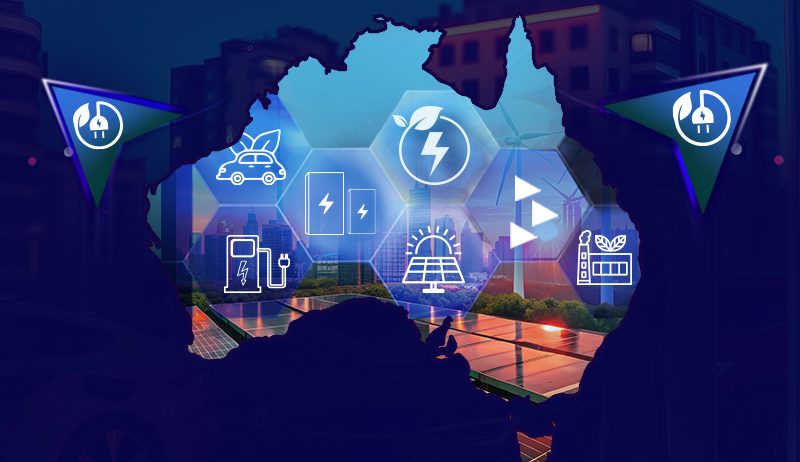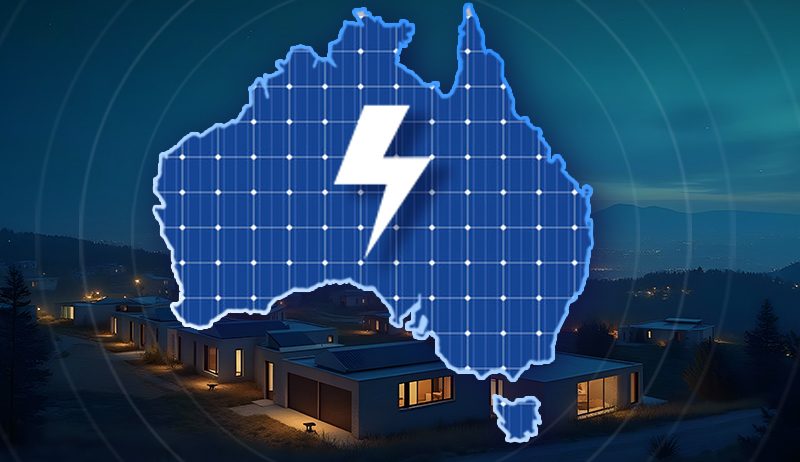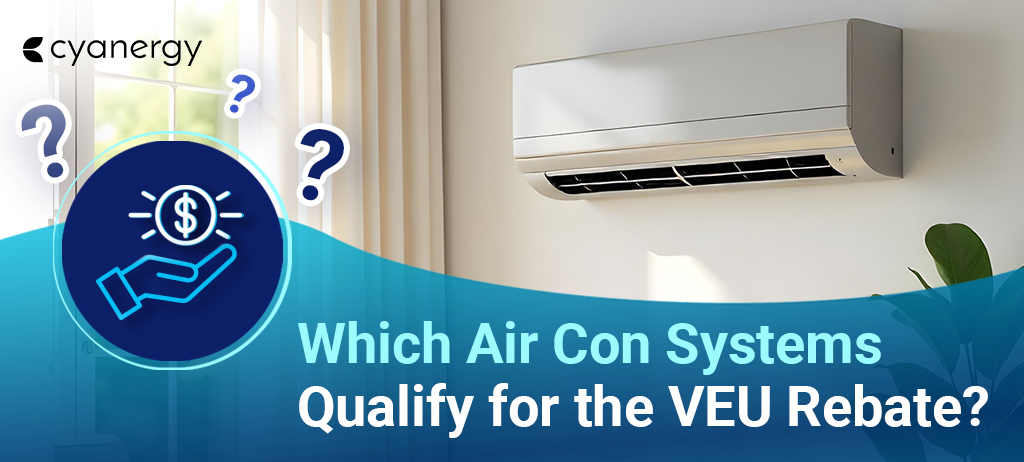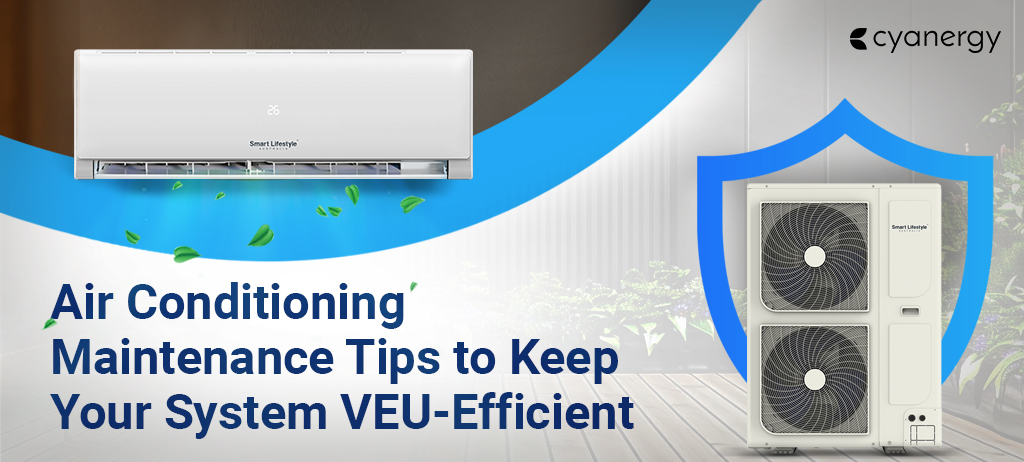Australia is undergoing a huge transformation in its energy landscape, with electrification emerging as a central pillar of its ambitious vision for a sustainable, net-zero future.
A ‘net-zero future’ refers to a state where the amount of greenhouse gases emitted into the atmosphere is balanced by the amount removed, effectively reducing the impact of human activities on the climate.
As climate change accelerates and the global demand for cleaner energy intensifies, Australia’s energy revolution is positioning itself as a leader in the transition from fossil fuels to renewable energy.
This nationwide shift goes far beyond simply replacing coal and gas with wind or solar—it’s about reimagining the entire energy system, from generation and distribution to everyday consumption.
Electrification is at the heart of this revolution. It involves replacing technologies that run on fossil fuels, such as gas heaters, petrol vehicles, and traditional industrial equipment, with cleaner, more efficient electric alternatives powered by renewable energy sources.
This transition is reshaping Australia’s electricity supply and market, driving the integration of rooftop solar, battery storage, and electric vehicles into the grid.
Simultaneously, it is reshaping how Australians live, work, and move—transforming homes into energy hubs, enabling cleaner transportation, and fostering new economic opportunities across sectors.
This transformation is not just a national shift, but a personal one, affecting each of us in our daily lives.
As the nation accelerates towards its climate targets, this electrified future offers a pathway not just to decarbonisation but to energy affordability, resilience, and innovation.
In this blog post:
- Australia's Clean Energy Momentum
- Transforming to a Modern Energy System
- Government of South Australia Clean Energy Transition
- Electrification in Australia: A Key to Net-Zero
- How Can Australia Transition to Renewable Energy?
- What Is the Level of Support for Renewables in Australia?
- How to Speed Up Australia's EV Revolution
- Unlocking Electric Vehicles: The Role of Electrification Plans
- Driving Towards a Sustainable Future With Electrified Living
Australia's Clean Energy Momentum
The momentum towards clean energy in Australia is undeniable. In 2024, renewable sources accounted for around 45% of the nation’s total electricity supply, marking a significant increase from previous years.
Substantial investments in solar, wind, and hydroelectric projects across the country drive this surge.
States like New South Wales (NSW) are leading the charge, with 45 operational wind and solar farms and nearly 100 additional projects approved.
NSW has established five Renewable Energy Zones (REZs) to integrate generation and storage with grid infrastructure, attracting over 11 GW of new renewable capacity and 2.2 GW of long-duration storage in recent months.
Transforming to a Modern Energy System
The transformation to a modern energy system involves more than just increasing renewable energy generation. It requires a comprehensive overhaul of the existing infrastructure to accommodate new technologies and consumption patterns.
The Australian Energy Market Operator (AEMO) is exploring alternative power transmission strategies, including increased reliance on local distributed energy resources like rooftop solar and battery storage, to enhance grid reliability and reduce the need for costly large-scale transmission projects.
This approach addresses the rising costs associated with traditional infrastructure and empowers communities to participate actively in the energy transition.
Government of South Australia Clean Energy Transition

South Australia stands as a beacon in the nation’s clean energy journey. The state has reduced its emissions by 57% from 2005 levels, putting it on the pathway to achieve at least a 60% net emissions reduction by 2030.
Moreover, South Australia is aiming for 100% renewable energy by 2027, a target that, if achieved, could serve as a template for other regions.
The state’s proactive approach includes a comprehensive energy transition policy developed through meaningful engagement with stakeholders. This policy ensures that the transition is inclusive and considers the needs of all South Australians.
Electrification in Australia: A Key to Net-Zero
Electrification is central to Australia’s strategy for achieving net-zero emissions by 2050. By replacing fossil fuel-based systems with electric alternatives powered by renewable energy, the nation can significantly reduce its carbon footprint.
A report by Monash University highlights the benefits of household electrification, including improved health outcomes, job creation, and reduced energy bills.
The study underscores that electrifying homes, through the adoption of electric heating, cooking, and vehicles, can lead to substantial economic and environmental gains. This promising outlook should inspire confidence in the transition to electrification.
How Can Australia Transition to Renewable Energy?
Transitioning to renewable energy requires a multifaceted approach:
Transitioning to renewable energy is a complex but achievable goal that requires action on several fronts. It’s not just about switching power sources. It’s about building a cleaner, smarter, and more resilient energy system that benefits everyone.
Here are the key steps Australia needs to take to make this transition successful:
Strong Policy Support
Government schemes play a crucial role in driving the renewable energy transition. Clear, long-term policies help create confidence for investors and developers.
It includes setting ambitious renewable energy targets, removing regulatory barriers, and supporting innovation. When governments show commitment, businesses and communities are more likely to invest in clean energy technologies.
Infrastructure Development
Australia needs to modernise its electricity infrastructure to handle the growing amount of renewable energy, like solar and wind. The current grid was built for centralised fossil fuel power stations, not for widely distributed and variable energy sources.
Upgrades are needed to better manage the flow of electricity, store excess energy (mainly from rooftop solar), and ensure reliable power delivery across regions.
It includes building smart grids, adding battery storage systems, and expanding transmission lines to connect renewable-rich areas with cities.
Community Engagement
The clean energy transition must be fair and inclusive. Engaging with local communities, especially in rural and regional areas where many renewable projects are built, is essential.
It means involving people in the planning process, listening to their concerns, and ensuring they share in the benefits, such as jobs, cleaner air, and local investment. When communities feel heard and included, support for renewable energy projects grows stronger.
Financial Incentives
For many households and businesses, the upfront cost of switching to clean energy technologies can be a barrier. That’s why financial support is essential.
Incentives like rebates for solar panels, subsidies for electric appliances, and tax breaks for electric vehicles can make these options more affordable. These measures not only reduce costs but also encourage more people to take part in the transition.
The Australian Government has already shown a strong commitment by setting a national target of 82% renewable electricity by 2030.
Reaching this goal will require ongoing collaboration between federal and state governments, industry leaders, energy providers, and everyday Australians.
With the right mix of policies, investment, and community support, Australia can lead the world in building a clean energy future.
What Is the Level of Support for Renewables in Australia?

Public support for renewable energy in Australia is robust. Surveys indicate that a significant majority of Australians favour the shift towards clean energy sources. This strong public backing should provide reassurance and confidence in the direction of the energy transition.
This support is reflected in the rapid uptake of rooftop commercial solar panels, with Australia boasting one of the highest per capita installations globally.
Moreover, community-led initiatives and local government programs are crucial in driving the adoption of renewable technologies, further demonstrating the public’s commitment to a sustainable energy future.
How to Speed Up Australia's EV Revolution
Speeding up the adoption of electric vehicles (EVs) is a key step toward cutting carbon emissions from transport and reducing reliance on fossil fuels.
To make EVs more accessible and attractive, Australia can focus on three main strategies:
1. Infrastructure Expansion
2. Incentive Programs
3. Public Awareness Campaigns
Educating people about the benefits of EVs—like lower running costs, less maintenance, and reduced emissions—can help dispel common myths and build trust in electric mobility.
The Australian Government is already investing in these areas, recognising that EVs are a vital part of the country’s broader clean energy and electrification strategy.
Unlocking Electric Vehicles: The Role of Electrification Plans
For EVs to work effectively across the country, Australia needs well-thought-out electrification plans. These plans help ensure that EVs are smoothly integrated into the energy system without putting pressure on the electricity grid.
Key elements include:
1. Grid Management
2. Smart Charging Solutions
3. Renewable Integration
Linking EV charging with renewable energy, like solar and wind, maximises the environmental benefits. Charging EVs when green energy is abundant helps cut emissions even further.
By planning and investing in the right technology, Australia can fully unlock the potential of electric vehicles while building a cleaner, smarter transport future.

Driving Towards a Sustainable Future With Electrified Living
Australia’s energy revolution, powered by electrification and a commitment to renewable energy, is paving the way for a sustainable and prosperous future.
Through coordinated efforts across government, industry, and communities, the nation is transforming its energy landscape, reducing emissions, and setting a global example in the fight against climate change.
Start your electrified revolution today! Contact Cyanergy and talk to an expert.







